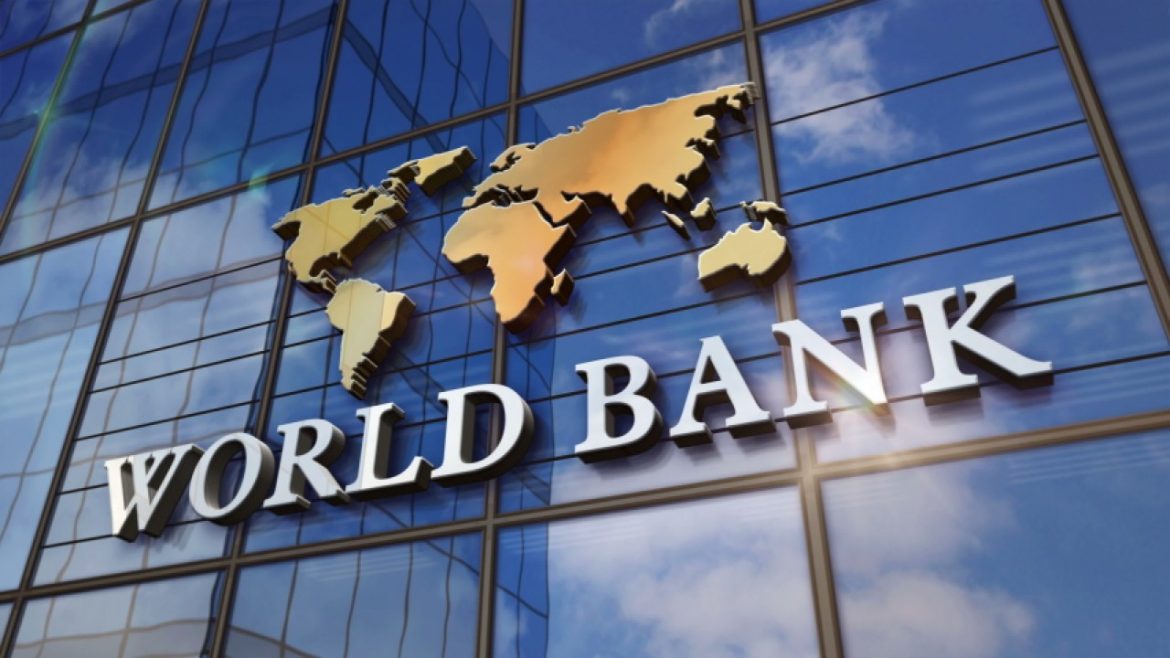The World Bank has agreed to finance the construction of the Mphanda Nkuwa hydropower plant in Mozambique. The massive project is valued at US$6.4 billion (about 406.4 billion meticais) and is expected to become the largest hydroelectric facility in Southern Africa in nearly 50 years.
The financial pledge was confirmed by World Bank President Mr. Ajay Banga during his recent official visit to Mozambique. The support will include both debt and equity financing, along with risk guarantees and insurance.
The project has two main components. First is the Mphanda Nkuwa dam, which is expected to cost US$5 billion (317.5 billion meticais) and will be located on the Zambezi River. The second part involves a US$1.4 billion (88.9 billion meticais) electricity transmission system that will move power from the plant to major parts of the country and neighbouring nations.
Mozambican President Daniel Chapo said the country wants to become the energy hub of the Southern African Development Community (SADC) region. He noted that expanding the energy sector is vital for Mozambique’s future and could boost its economy significantly.
The Mphanda Nkuwa plant will have a generation capacity of 1,500 megawatts (MW) and is expected to start operating around the year 2031. The project is also part of the World Bank’s “Mission 300” initiative, which aims to connect 300 million people in Sub-Saharan Africa to electricity by 2030. At the moment, the region is home to over 80% of the world’s 680 million people who still lack access to electricity.
The dam will be built by a consortium made up of Éléctricité de France (EDF), TotalEnergies, and Sumitomo Corporation. The Mozambican government, through Hidroeléctrica de Cahora Bassa (HCB), will also hold a stake in the project.
In terms of financing, the International Finance Corporation (IFC), a World Bank arm, will invest in the project and also acquire part ownership. The International Bank for Reconstruction and Development (IBRD) will provide risk guarantees, while the International Development Association (IDA) will provide low-interest financing for the 1,300-kilometre transmission lines.
To protect the project from political and security risks, the Multilateral Investment Guarantee Agency (MIGA) will provide insurance.
The long transmission lines will help connect Mphanda Nkuwa to Mozambique’s southern electricity grid, especially areas like Maputo, and will make it easier to export power to neighbouring countries like Zambia, Malawi, and Zimbabwe.
The new dam will be situated downstream of the Cahora Bassa dam, which was built in 1974 and has a current capacity of 2,075 MW. About 60% of the electricity from Cahora Bassa is currently exported to South Africa, a structure that dates back to colonial planning.
Unlike Cahora Bassa, which created a huge water reservoir of around 3,000 square kilometres, the Mphanda Nkuwa dam will have a much smaller reservoir. This is meant to reduce environmental damage and social displacement. For comparison, the Kariba Dam—also on the Zambezi River—has a reservoir of over 5,000 square kilometres, making it the largest man-made reservoir in the world.
World Bank President Ajay Banga said the Mphanda Nkuwa project is part of a larger five-to-ten-year plan to grow Mozambique’s energy capacity. This includes building two more hydroelectric plants upstream with capacities of 400 MW and 200 MW, increasing the output of Cahora Bassa by over 50%, and setting up a 400 MW solar power plant.
These efforts are expected to boost income from electricity exports, which brought in US$240 million (15.2 billion meticais) in 2024. The Mozambican government also plans to use the electricity to support local mineral processing, especially in the graphite and beryllium sectors.
Apart from increasing foreign exchange earnings, the project aims to improve electricity access for local communities. Today, about 64% of Mozambique’s 33 million citizens have electricity. That is a big jump from the 32% access rate recorded in 2018.
As part of the broader energy and development strategy, the government is working on a new partnership framework with the World Bank. This may include some of the new energy projects being discussed.
